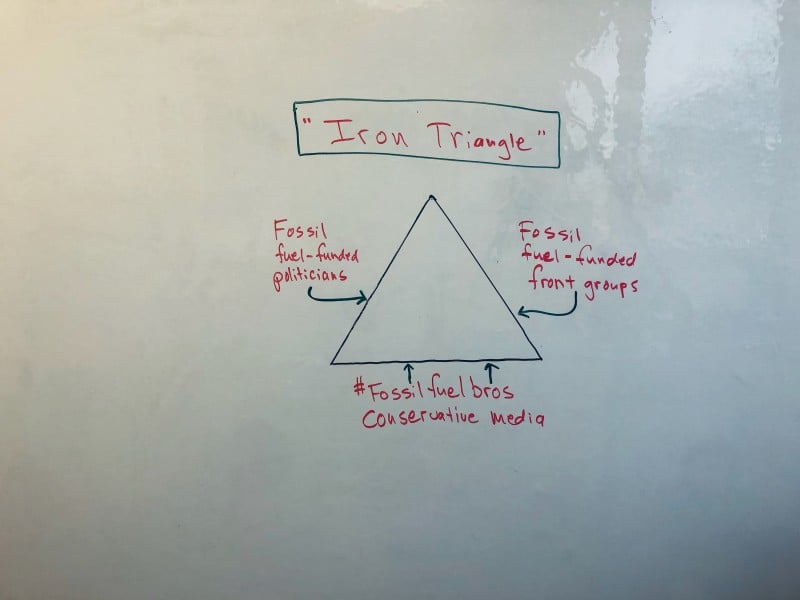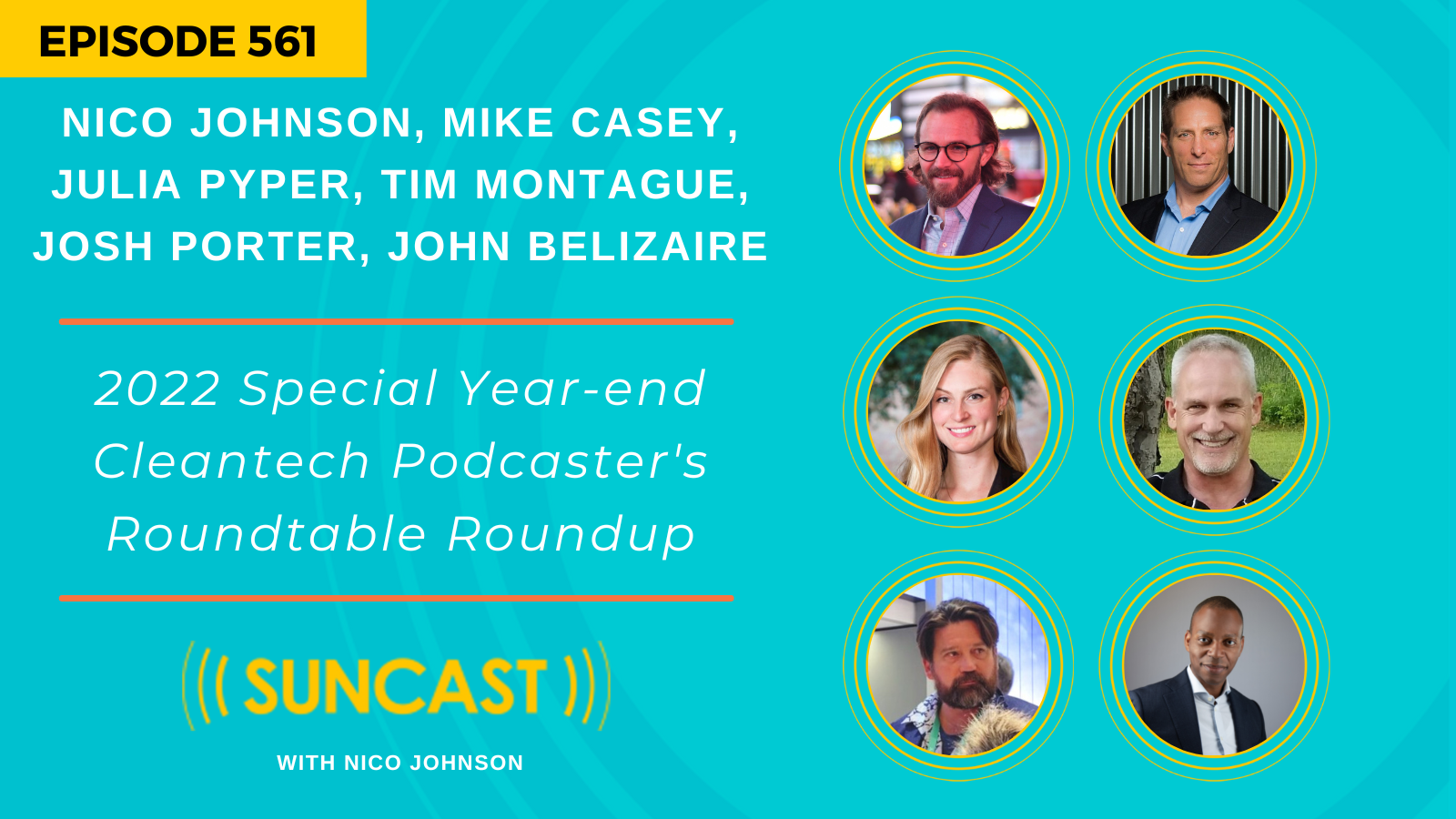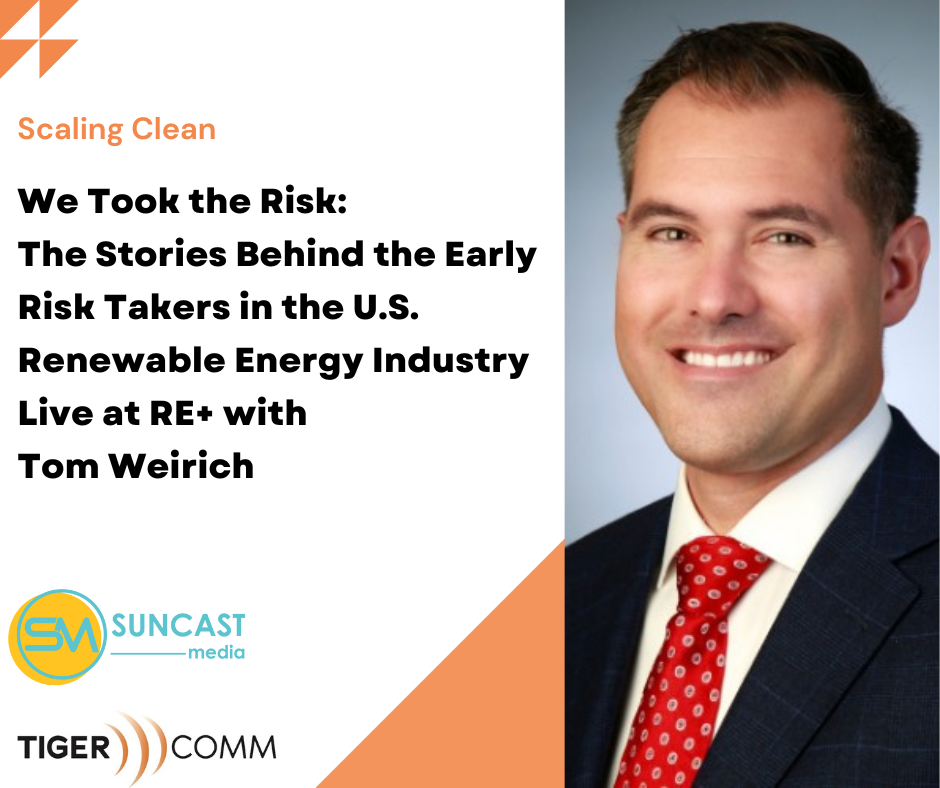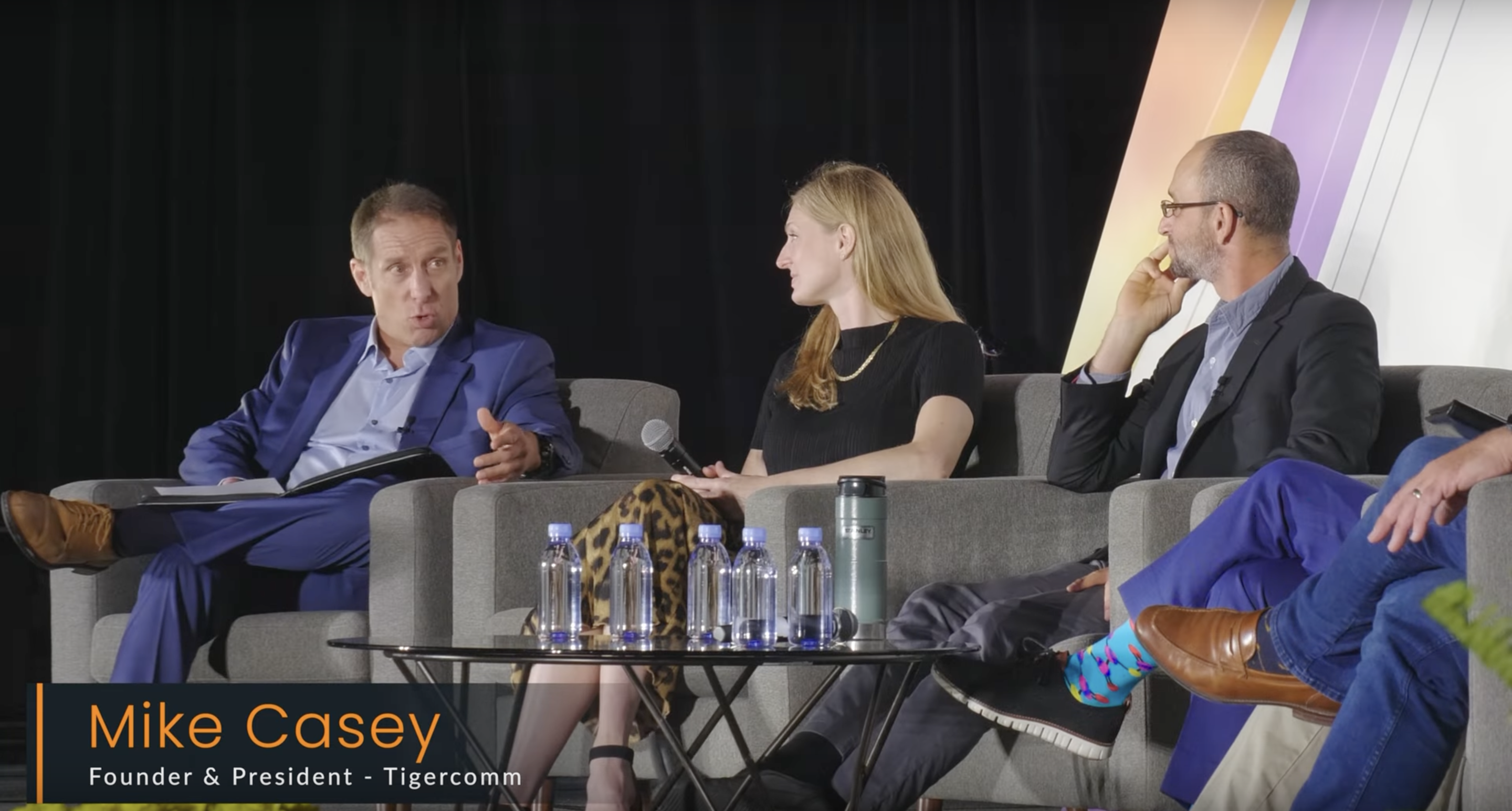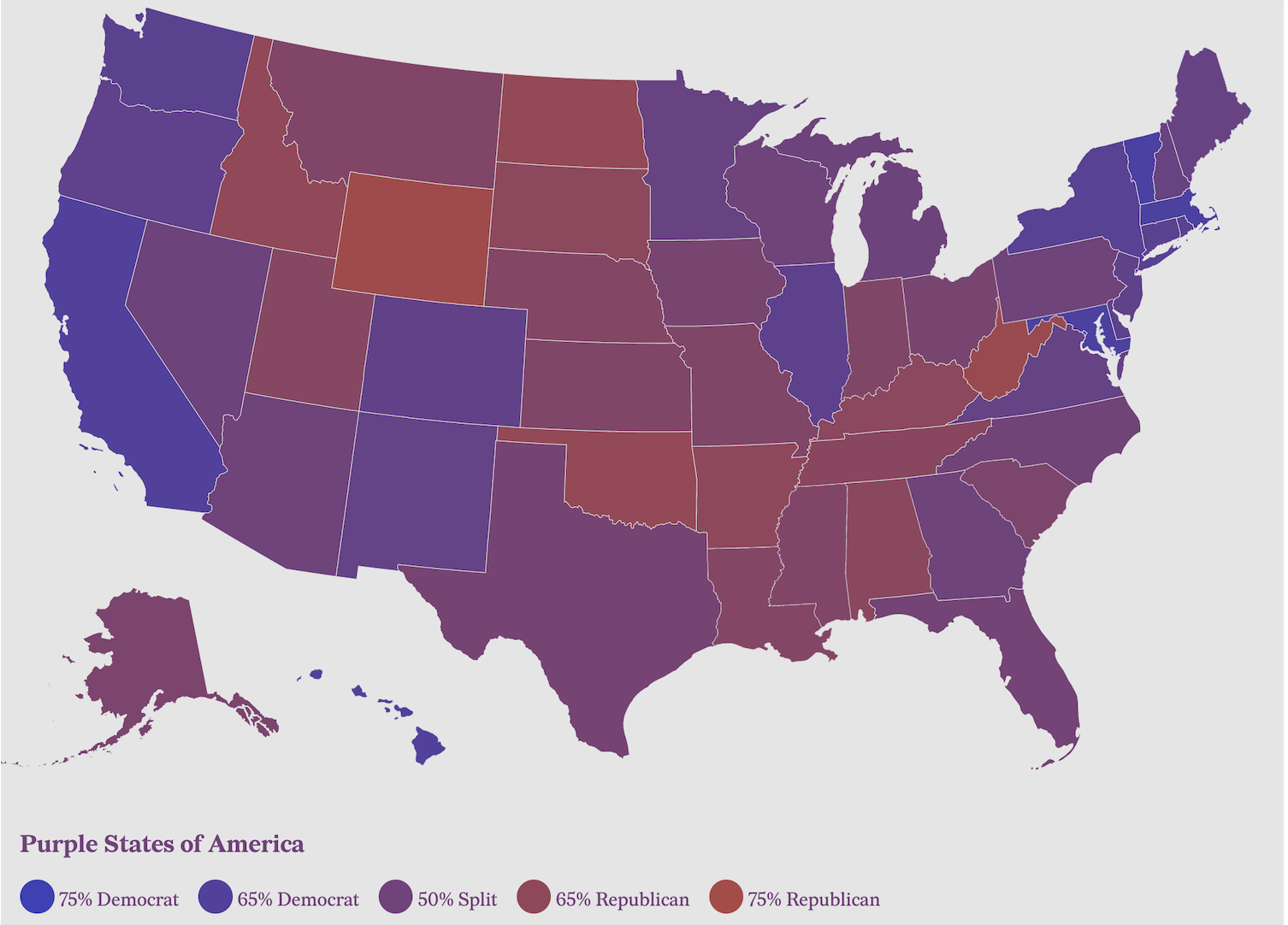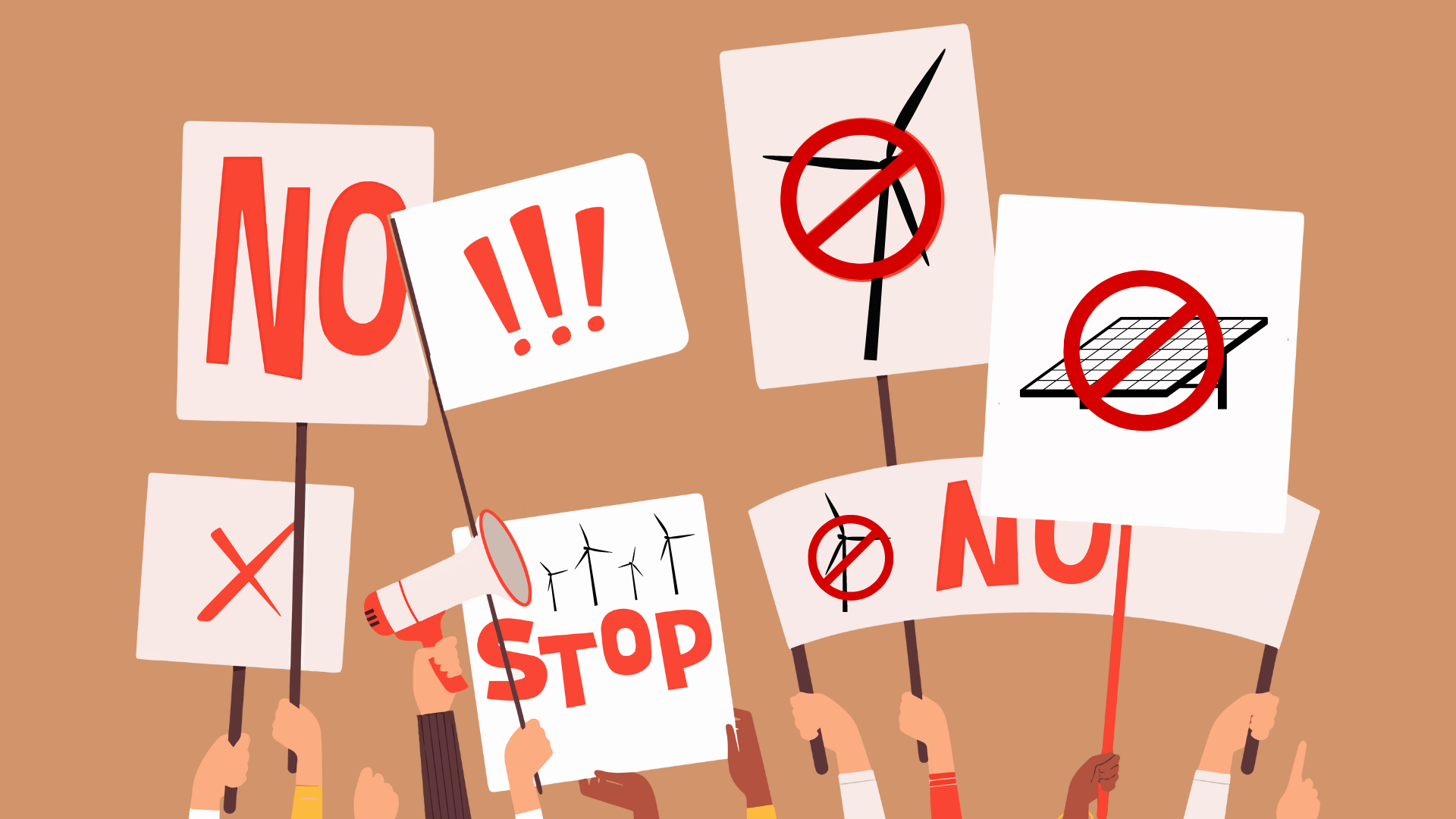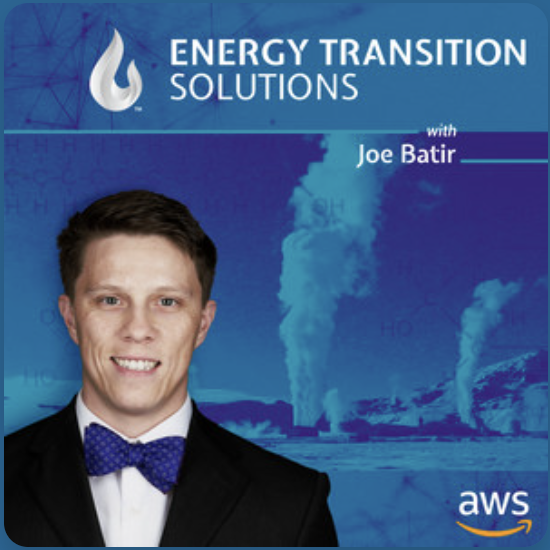Insights
Clean Energy Blog by Tigercomm
Expert Insights & Tips
The phony Solyndra non-scandal of 2010-12 was catalyzed by a highly publicized FBI raid. It was then driven by an Iron Triangle of fossil fuel-funded front...
Just before the holidays, we hosted a year-end episode of the Cleantech Podcasters Roundtable. Our lineup changed a bit, with the happy addition of John...
Continue ReadingWe closed our cleantech journalists panel at RE+ with a question we often like to ask our Scaling Clean podcast guests: Are you a climate optimist or pessimist...
Continue ReadingIn the U.S., the field of companies developing renewable energy farms is quickly expanding. There are a large number of new additions coming from developing...
Continue ReadingIn our podcast, Scaling Clean, we seek usable insights on building and running successful companies from the cleantech CEOs, investors and the people who...
Continue ReadingWhen we convened our cleantech journalists live from the stage at the RE+ trade show, among the questions we posed was how clean economy would address its...
Continue ReadingCleantechers, below I share some first impression takeaways from Tuesday’s election results. I offer these through the lens of my time in politics (25 years)...
Continue ReadingWe know that most people won't watch the full 45 minutes of our live Cleantech Journalist Roundtable from the RE+ mainstage. We're starting a series of four...
Continue ReadingWhoa. When we first developed the idea of a quarterly investors roundtable with Andrea Luecke and the Cleantech Leaders Roundtable, we didn’t know how...
Continue ReadingBuilding Community Acceptance When Wind Project Opponents Organize Online, But Developers Don’t
Under Utilization of Social Media in Wind Energy Marketing
We recently conducted the first-ever review of the use of digital tools by Independent Power...
Continue ReadingWe can’t say it enough: the Inflation Reduction Act is a landmark moment for our climate, and the clean economy and homeowners stand to benefit. When the bill...
Continue ReadingI had the pleasure recently of talking with Joseph Batir, host of the Energy Transition Solutions podcast.Joe and I talked about:- Why I’ve found that working...
Continue Reading